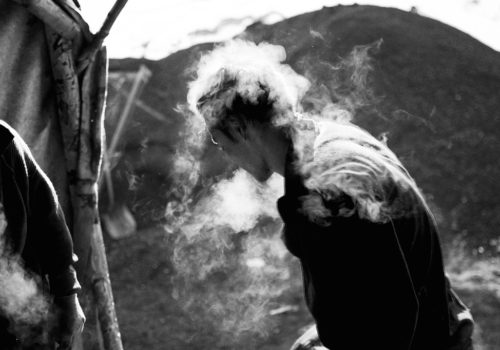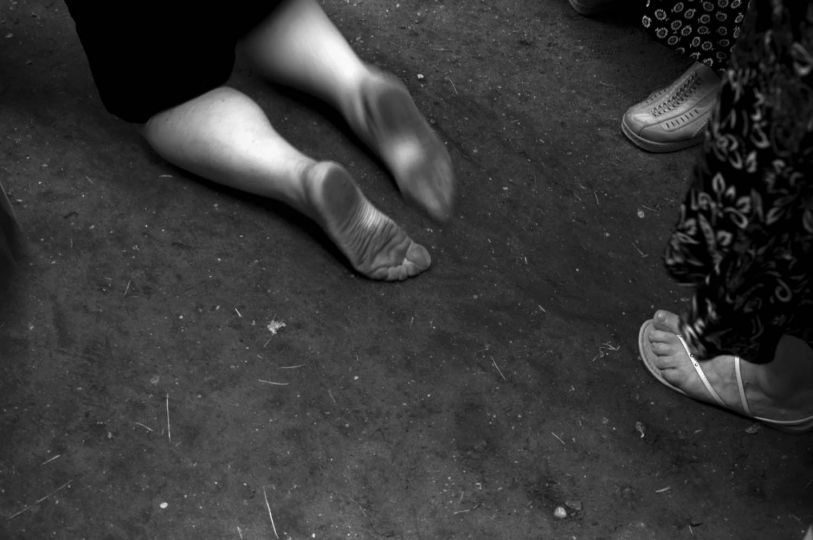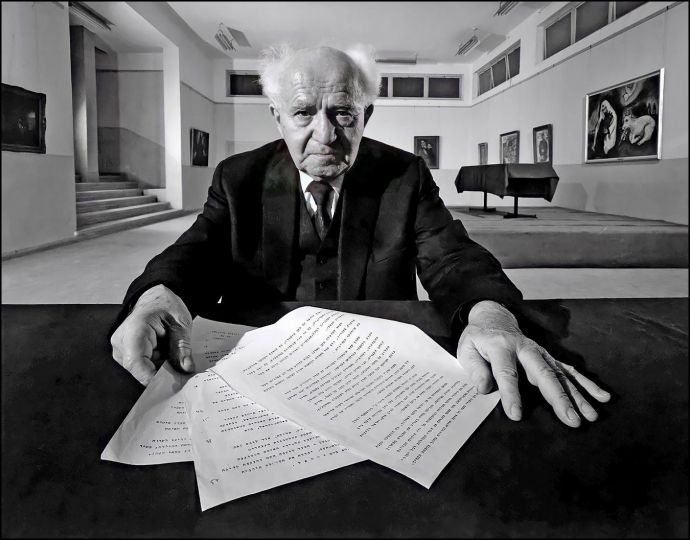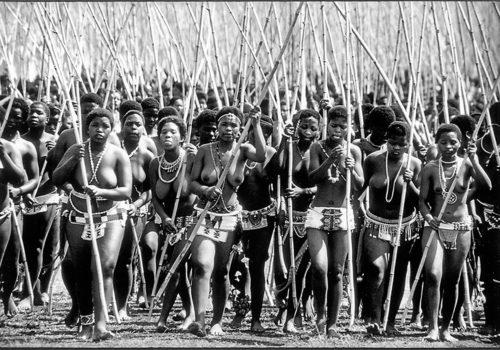Unemployment and poverty in Kyrgyzstan continue to fuel illegal coal mining, a practice which has already taken the lives of scores of victims. After the huge Soviet mines in the region closed in the 1990s, jobless men and boys started their own small operations, using picks and shovels to claw coal out of the mountains. The infrastructure is lying in ruins and sadly pollute the environment. Citizens are left to their own devices in this poor ex-Soviet mountainous nation of five million that has been in political chaos over the past few years.
Illegal coal mining is widespread in southern Kyrgyzstan. Many residents of former mining towns and villages have no choice but to enter abandoned mines and extract what coal they can. They have nowhere to go: mines were closed after the collapse of Soviet Union and everything has been sold off or stolen. Even railroad tracks were sold to Chinese scrap dealers. To survive miners build a new “zabojka” – a poor shaft to a depth of 20 to 60 meters, where miners dig for coal or they renovate old shaft built by Russians in 80s. Thick wooden pegs made of alder, which is one of the weakness wood, provide support but very poor. Many men die each year in zabojka collapses.
Primitive underground corridors with old vacuum cleaners for ventilation pipes can accommodate from four to five miners. They work about 10 hours daily equipped only with picks, worn-out helmets and headlights. Lack of proper ventilation is the most common reason of methane poisonings. When a tunnel collapses, there is little hope for rescue. But miners feel they do not have much choice because there are no jobs in a town.
Locals call illegal miners Apaches for their black faces and the carelessness by working in unequipped ex-soviet coal mines. Apaches operate an improvised lift large enough to carry one man. It is a basic structure that caters to basic needs: to get man in, and coal out in tarpaulin bags. The local market of coal dealers is exploiting the poor for labor in return for almost starvation wages. Each bag, that contains about 70 kilograms of coal, is sold for about 3 dollars. Apaches earn from 8 to 10 dollars per day. If Apaches are able to save any money after years of working in zabojkas they usally buy a popular Korean car – Daewoo Matiz and they become a taxi driver. This is a restful retirement of miners.
Sometimes next to zabojka operate an enormous open-cast excavation parts where coal is mined with mechanical, and the area with a huge slag heap where the poorest come to scavenge for scraps to sell. Under these conditions Apaches are lurked, tensed to rush into search of a coal chunk or escape from heavy boulders falling from the top of the mound. Many miners are teenagers who work in a six-seven-strong brigade. If they are lucky they work with one experienced professional miner who helps them to organize work and takes safety precautions. If not, their lives are in danger. They literally work for bread.
Today, Kyrgyzstan is one of the poorest country in the world offering little opportunity for the majority of its unemployed citizens. Local people are calling for investment in the mining sector and government does little for their dying communities.

















